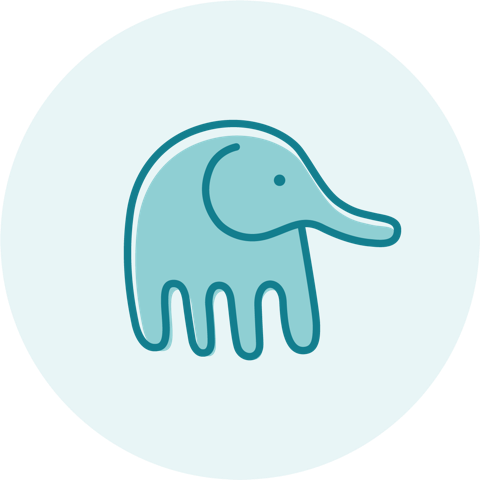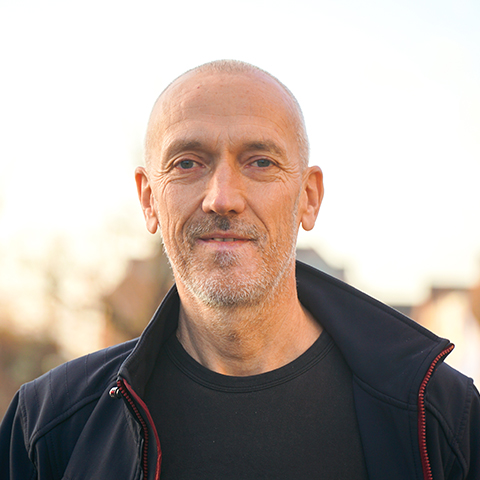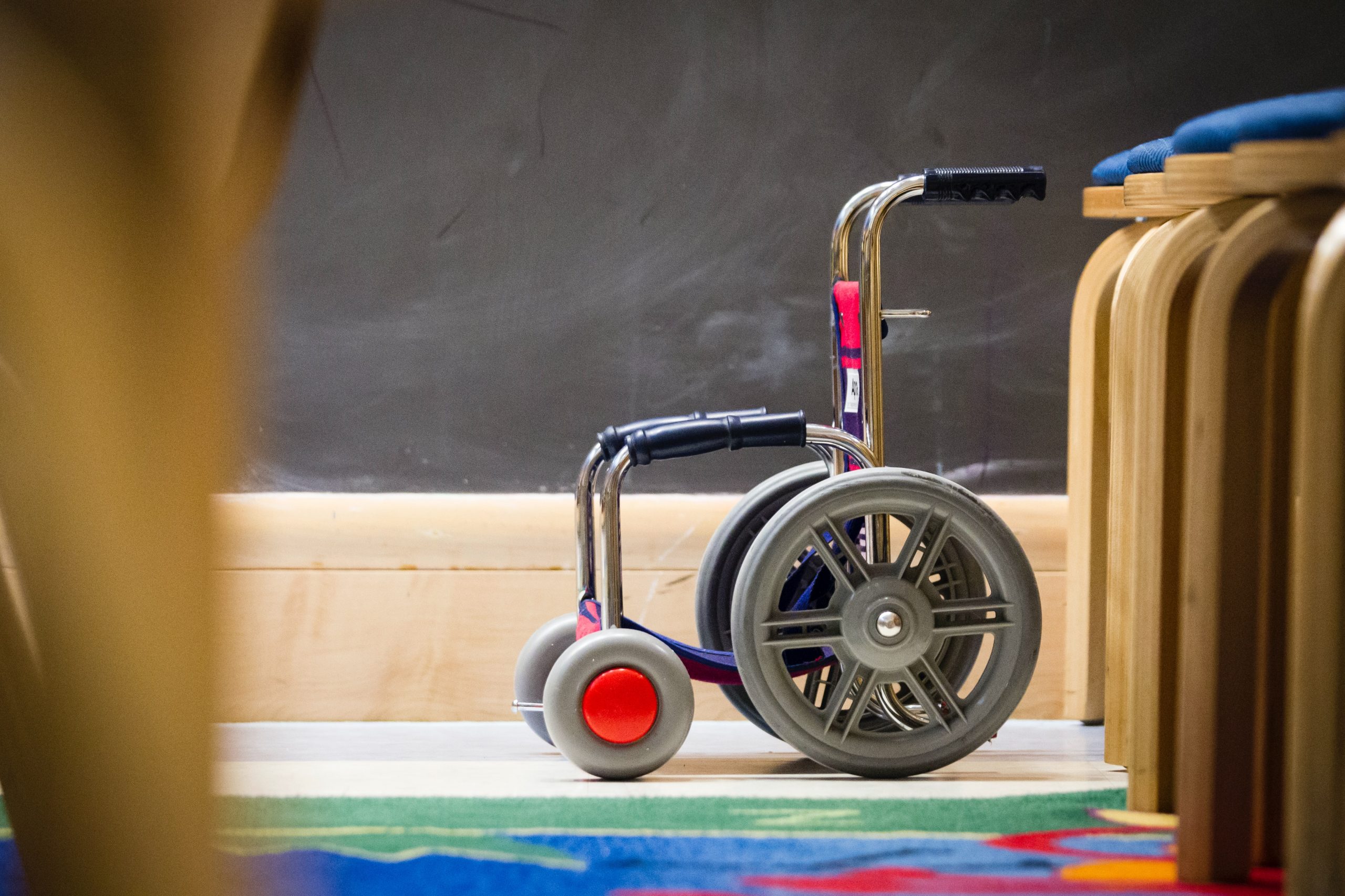
ABR and physiotherapy, possible or impossible combination?

Author: Roeland Vollaard, physiotherapist in Alkmaar, The Netherlands.
For me, as a former physiotherapist, the question above is interesting and regularly comes up. The value of the ABR concept is clearly visible for physiotherapists at the “Class on Wheels”, but it is not yet clear how this relates to their current way of working. Up until now, it sometimes seemed like a tug-of-war between the two treatment strategies.
ABR and physio?
The initiator of ABR, Leonid Blyum, continuously investigates all areas and concepts of rehabilitation, biomechanics and scientific research into connective tissue and other tissues of the body. A theory emerged that clearly shows where the combination of ABR and physiotherapy seems to clash, where it might be justified and where it may not be necessary.
Leonid’s theory is based on the concepts “Resting Muscle Tone“, “Pre-Movement Readiness” and “Pre-Muscular Readiness”.
I understand that this might scare you away but fortunately it is not necessary for this article to discuss these terms in detail.
I’ll try to keep it simple, without changing the content.
Standby
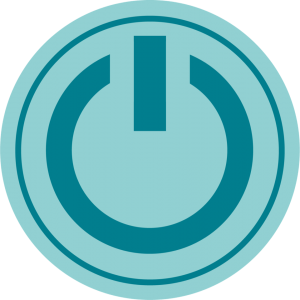 You could compare it to the “standby button” of your television. This is designed so that every time you want to use the TV you do not have to wait that long before everything is started up. Because starting up from the “off” position can sometimes take a long time.
You could compare it to the “standby button” of your television. This is designed so that every time you want to use the TV you do not have to wait that long before everything is started up. Because starting up from the “off” position can sometimes take a long time.
If, on the other hand, you leave the television on standby after use, you just have to click on the TV and your favourite series will start immediately.
In the case of our body, this concept of “standby” and “action” also applies. When we are lying, sitting or standing, we do so with minimal effort. Only when we really start to move, we are going to activate our muscles more intensely. From standby mode, we switch to active mode. This works for physically well-functioning people. For them, conditions for sitting or standing in a standby mode are sufficiently present. They do not use unnecessary energy for standby and the switch to activity goes smoothly.
What if it doesn’t work properly?
However, there are also people whose standby mode does not work properly. For them, lying or sitting comes with a muscle tension that is too high. Getting things moving from that situation is difficult. In other cases, there might be too little muscle tension and then it is also very difficult or impossible to get moving.
Before you can perform a smooth and well-controlled movement, you need a good starting position. Only if there is a good standby situation (“ready for the start”) a movement can be initiated. And that movement can be further improved through practice.
What can ABR do?
ABR works on the conditions of the standby position of the body. Physiotherapy aims to stimulate and improve functions. So ABR creates better conditions for what physical therapy wants to achieve. There is an apparent contradiction between ABR and physiotherapy. ABR proposes to limit the time and effort invested in functional training as long as the standby conditions in the child are poor. This is the case for many children with cerebral palsy level 4 and 5. ABR thinks that it is better for these children to use all the available energy to improve the conditions of the standby situation and to switch to functional training only after achieving those good standby conditions.
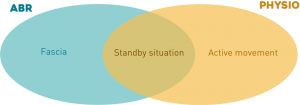
In the image above you see the focus of ABR in the blue area (fascia) and the focus of physiotherapy in the yellow area (active movement). In the overlapping part (standby) there is a need for good coordination about who is working on what and why. Seems to me this is doable.
Roeland Vollaard
roeland@roelandhelpt.nl

